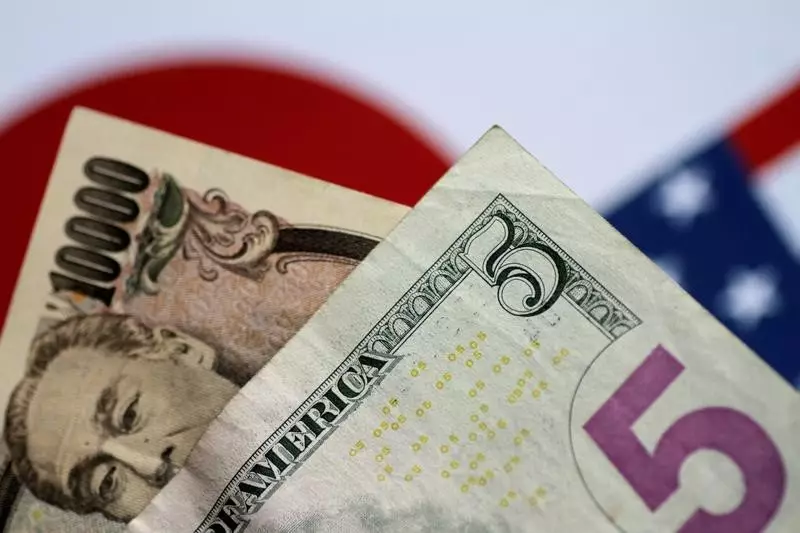On a recent Wednesday, Asian currencies found themselves facing headwinds, predominantly driven by increasing speculations around U.S. interest rate adjustments. This expected deceleration in rates has fostered strength in the U.S. dollar, elevating its position as a preferred currency. Amid these circumstances, the Japanese yen exhibited some stabilization, largely due to government officials hinting at possible currency market interventions to curb excessive volatility. This backdrop presents a significant narrative in the context of Asian markets, which are grappling with external pressures and internal uncertainties.
Regional markets remain in a state of apprehension regarding deteriorating trade relationships between the United States and China. The U.S. government has recently placed additional Chinese firms on a blacklist associated with military ties, raising alarms just prior to the inauguration of the then-President-elect Donald Trump. Trump’s administration had previously expressed intentions to impose stringent tariffs on Chinese imports, signaling a turbulent economic environment that could potentially disrupt trade flows and impact investor sentiments across Asia.
The Chinese yuan reflects this instability; while it has steadied against the dollar after reaching a 17-year low earlier in the week, the uncertainty surrounding U.S.-China relations continues to instill caution among traders.
The South Korean won, influenced by ongoing political uncertainties, registered a slight uptick against the dollar, indicating that regional factors play an integral role in currency fluctuations. Similarly, the Singapore dollar mirrored this trend with a modest rise against the greenback. Meanwhile, the Indian rupee remained stable in the wake of record lows, following a surge that sent it above 86 rupees against the dollar just days prior.
These movements illustrate a broader picture: Asian currencies are facing a complex interplay of local political dynamics, economic policy changes, and external geopolitical tensions, thereby leading to varied performances across the region.
A substantial contributing factor to the dollar’s strength has been robust employment data, specifically the job openings report for November, which exceeded analyst expectations and confirmed a resilient labor market. This positive economic indicator arrives just ahead of the impending nonfarm payrolls report for December, which is anticipated to provide further clarity about the U.S. economy’s health.
Mixed signals from the purchasing managers’ index (PMI) have also been pivotal, as they fuel expectations of persistent inflation in the U.S. Such dynamics compel market watchers to revise their projections regarding the Federal Reserve’s interest rate policy, with indications of a cautious approach towards rate cuts in the future.
Focusing on the Japanese yen, this currency has remained under pressure but managed to recover slightly, as verbal warnings from government officials regarding potential market intervention injected a sense of caution among traders. This recovery comes after the yen faced notable depreciation, attributed to forecasts of prolonged U.S. interest rates and a dovish stance from the Bank of Japan.
Market participants keenly observe the 160 yen mark against the dollar, viewing it as a critical threshold that could trigger governmental action. The fluidity of the yen’s situation underscores the predicament faced by currencies that are tethered closely to global monetary policies.
Turning to Australia, the local currency experienced a fluctuation as traders processed contrasting inflationary trends. With consumer price index (CPI) data reflecting higher-than-expected figures, the Reserve Bank of Australia’s potential decisions regarding interest rates come into sharper focus. The divergence in inflation readings creates a landscape ripe for speculation about when the RBA may initiate cuts, with earlier cuts being a fresh consideration given the data.
Asian currencies find themselves at a crossroads, marked by a confluence of external geopolitical complexities, local political uncertainties, and shifting economic policies. As traders navigate these turbulent waters, the trajectory of regional currencies will largely depend on forthcoming economic indicators and global market reactions.

